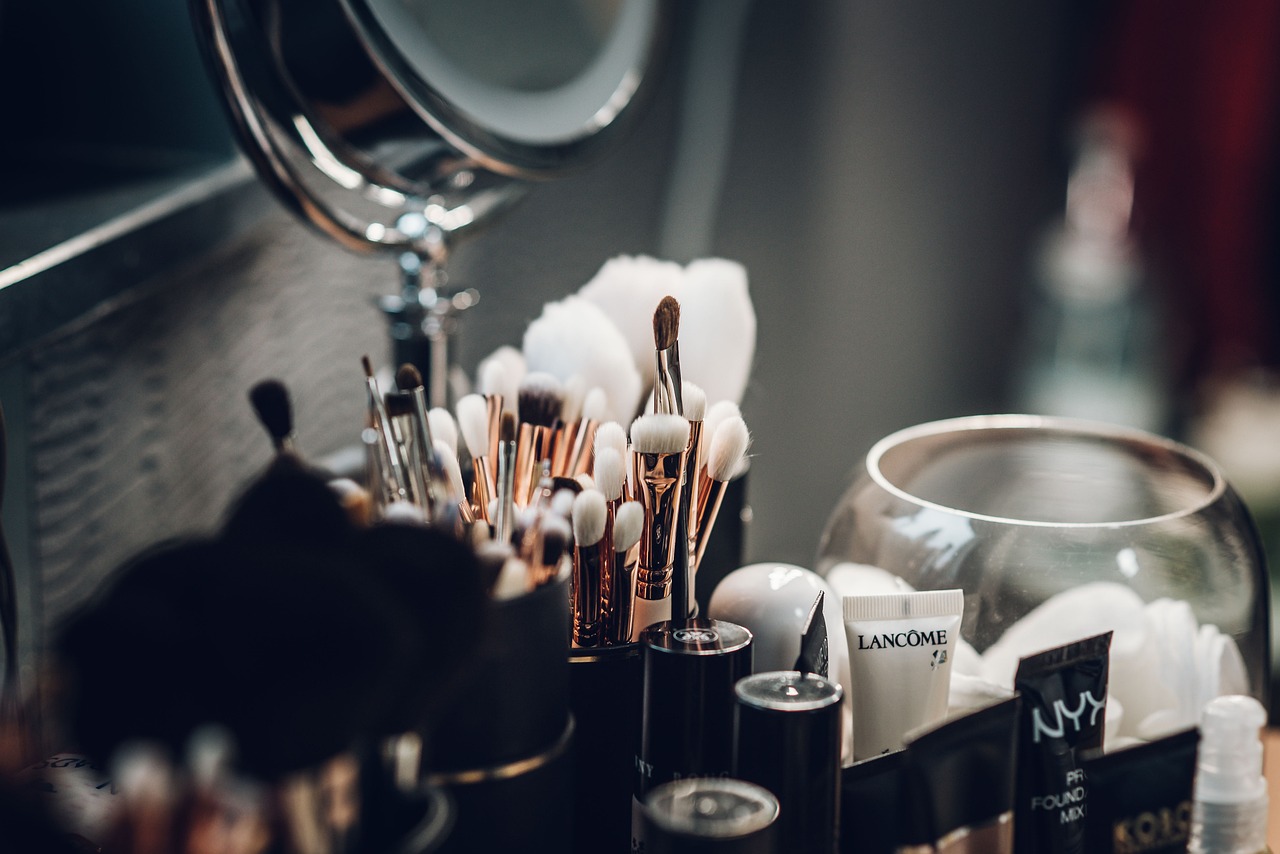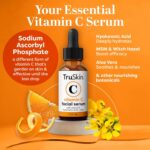The beauty industry is constantly evolving, but 2025 is shaping up to be a year defined by conscious choices, personalization, and holistic wellness. As consumers become more informed, their expectations are higher than ever. It’s no longer just about how a product makes them look — it’s about how it makes them feel, what it’s made of, and what it stands for. If you’re selling beauty products online, staying ahead of these shifts is essential for staying relevant and competitive.
One of the most prominent trends is the continued demand for clean and transparent beauty. Shoppers in 2025 expect full ingredient lists, ethical sourcing, and clarity around what’s going on their skin. Buzzwords like “natural” or “organic” aren’t enough anymore — consumers want proof. They look for certifications, third-party testing, and transparency around both formulation and supply chain. Brands that clearly communicate the benefits and safety of their ingredients will earn more trust and loyalty.
Sustainability is another non-negotiable factor. Eco-friendly packaging, refillable containers, and carbon-neutral shipping practices are becoming standard expectations. Brands that embrace minimal packaging, biodegradable materials, and reduce plastic waste are winning attention and praise. More than a trend, sustainability is now a core value — and consumers are voting with their wallets.
Personalization is also rising as a powerful trend. In 2025, beauty buyers want products tailored to their unique skin concerns, tones, and lifestyles. This could be anything from AI-driven skincare recommendations to customizable product formulas. Even something as simple as offering a wide range of shades or allowing customers to build their own skincare kits makes a big difference. Shoppers crave products that feel made for them, not just at them.
Skinimalism, the idea of doing more with less, continues to dominate. People are moving away from 10-step routines and embracing multifunctional products that simplify their lives. Hybrid items like tinted moisturizers with SPF, serums that double as primers, or cleansers with exfoliating properties are especially popular. The focus has shifted from perfection to skin health, and brands that promote long-term care over instant results are resonating more with the modern consumer.
Beauty in 2025 is also deeply intertwined with wellness. Products are expected to support not just external appearance, but internal balance too. Adaptogenic ingredients, stress-reducing scents, and formulations that support sleep or focus are making their way into skincare and cosmetics. Beauty isn’t just skin deep anymore — it’s part of a holistic self-care ritual, and buyers are embracing brands that understand the emotional side of beauty.
Finally, inclusivity is no longer a nice-to-have; it’s expected. Consumers want to see themselves represented in your marketing, product ranges, and brand values. That means offering shades for every skin tone, showcasing diverse models, and being mindful of different hair and skin types. Authentic inclusivity fosters trust and builds a wider, more engaged community.
To succeed in 2025, beauty brands must focus on more than aesthetics. It’s about being ethical, adaptable, and customer-centered. Whether you’re formulating your own products or curating a store, pay attention to the values behind the trends. Listen closely to your audience, keep your messaging transparent, and deliver products that align with the lifestyle and beliefs of today’s conscious consumer. That’s how you turn trends into long-term success.









